Animal husbandry is the scientific breeding and management of domesticated livestock to achieve qualities desired to meet various nutritional, labour, recreational, and other derivative needs, such as leather, fur, and pharmaceutical sources. It is an important component of modern agriculture. It has been practised in many societies, since the transition to farming from hunter-gather lifestyles.
Livestock are domesticated animals intentionally reared in an agricultural setting to make produce such as food or fibre, or for their labour. Animals such as pigs, cows, goats, deer, sheep, donkeys or mules, horses, yaks and chickens domesticated across the world. The type of livestock reared varies worldwide and depends on factors such as climate, consumer demand, native animals, local traditions, and land type. Livestock may be raised for subsistence food or for profit.
This book provides a comprehensive introduction to the production and rearing of livestock. Topics such as modes of livestock farming, features of mixed livestock farming, feeding methods, environment impacts of animal husbandry, health issues, applications of technology, role of women in livestock farming etc., are described in detail. The contents of the book will be immensely useful to students, researchers, farmers, policy makers and all who are related with animal husbandry.

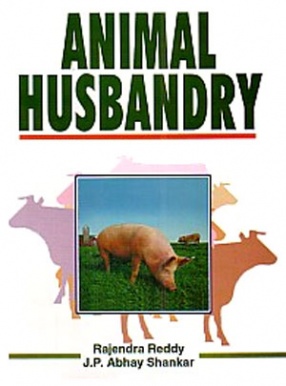

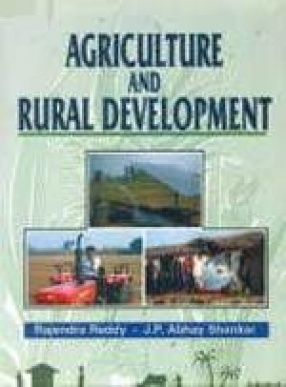
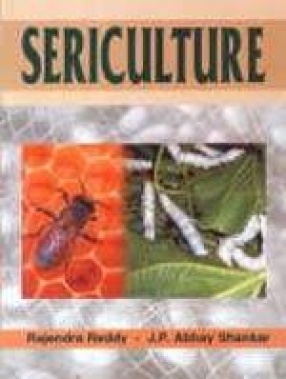
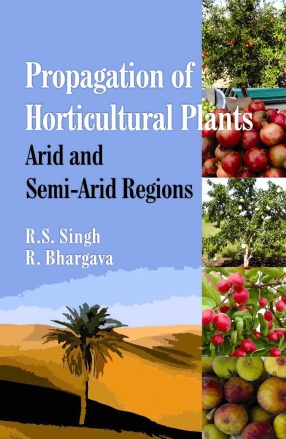

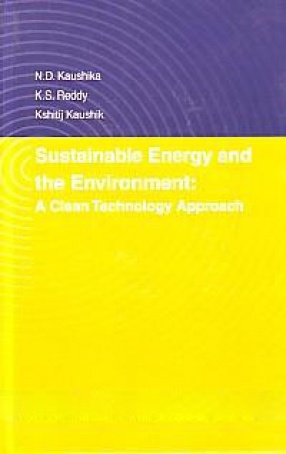
There are no reviews yet.